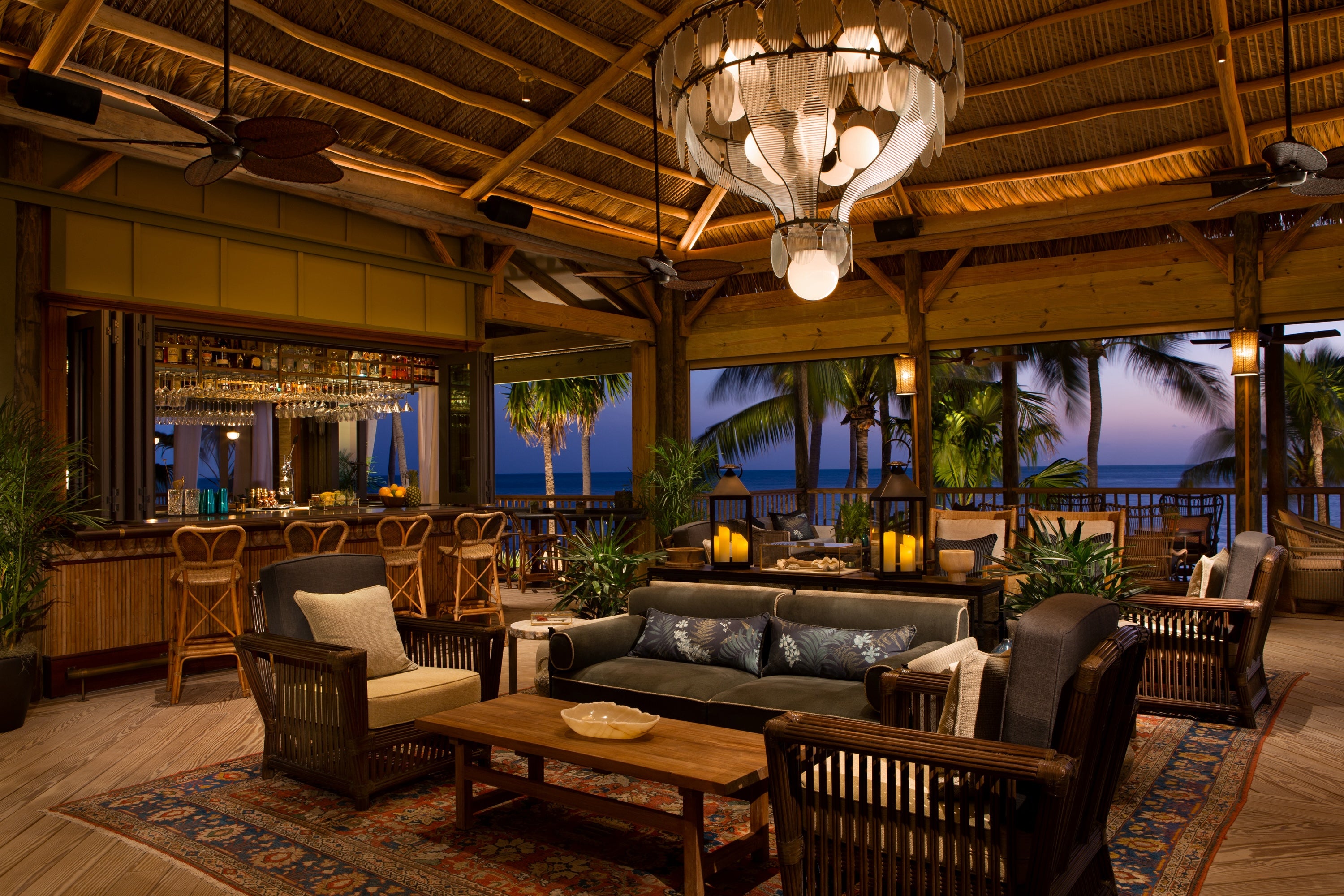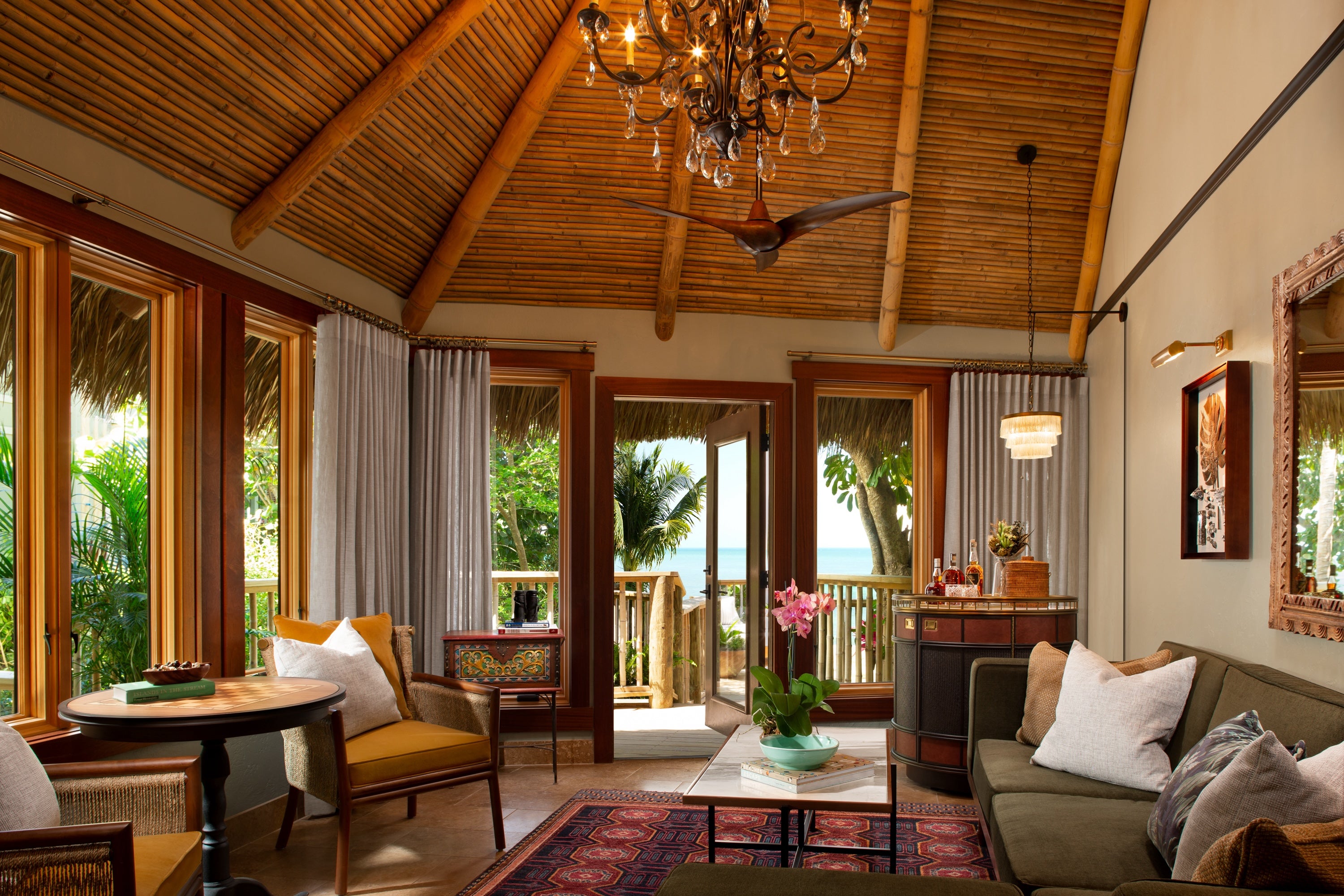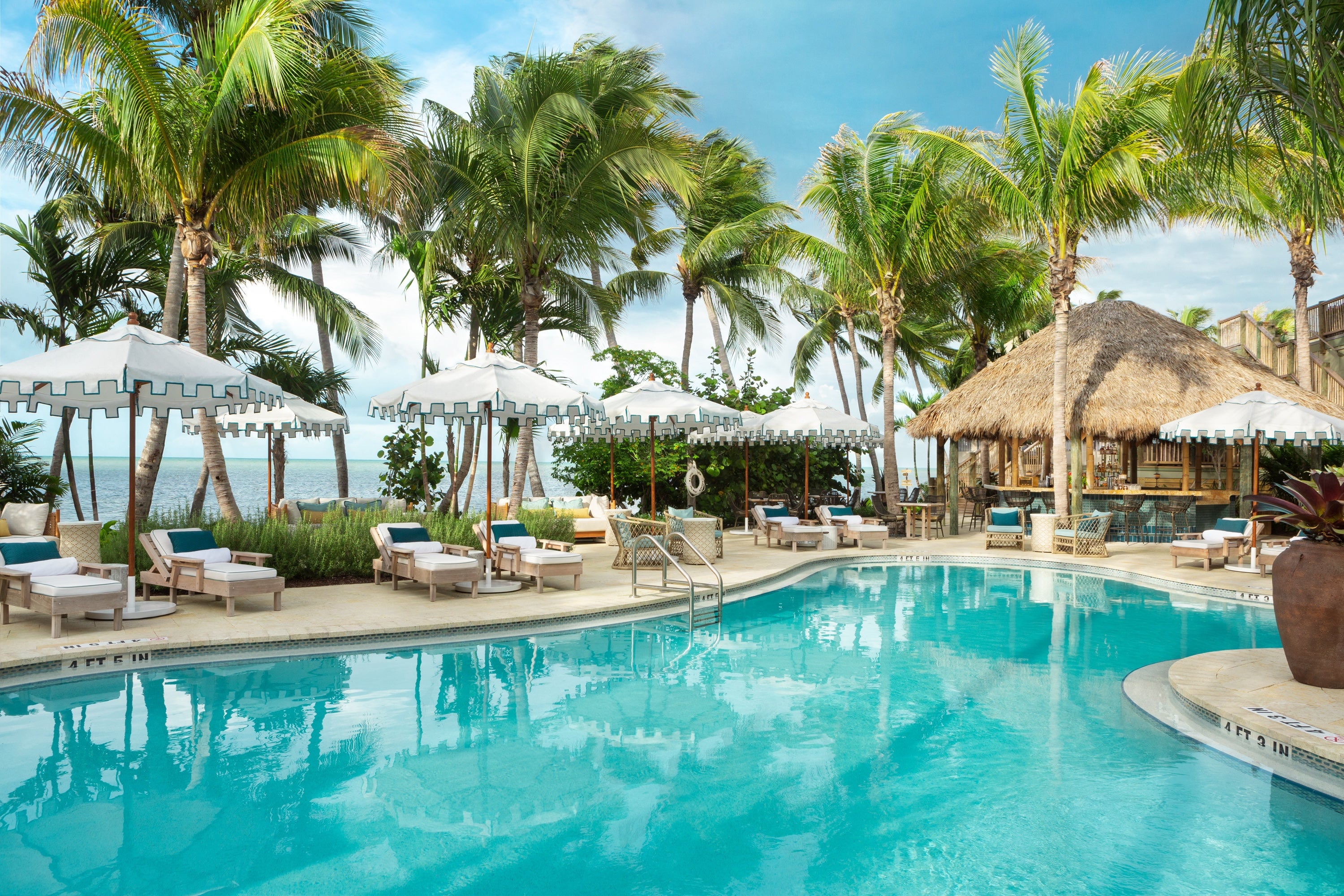I visited ‘America’s only private island resort’ where there are no TVs, no children and no mobile phones
Located on a private island in the Florida Keys, Little Palm Island Resort & Spa has played host to presidents, actors and music stars. Tom Murray dons his best linen to find out why it’s such a hit with high-profile travellers

We pull off the Overseas Highway, the road that links the Florida Keys, into an unassuming car park. It is tucked away down a palm-tree-lined gravel path, with little else around it. However, as we pull up to reception, a trio of luxury 4x4s being valeted by uniformed staff gives the game away. This is Little Palm Island, America’s only private island resort, and this is just the beginning of our journey.
After being revived from our drive with a signature Gumby Slumber cocktail (created by a longtime bartender infamous for sleeping late), we are led to a wooden jetty, where a gleaming, antique motor yacht awaits. Our captain is exactly the kind of teak-brown seadog you’d want at the helm. His steady hand guides us through the crystal blue waters of the Florida Straits, past islands scarcely big enough to tie a hammock, to Little Palm.
Originally known as Little Munson Island, it served as a haven for rum-runners during the prohibition era and later became a 1940s fishing camp, which was frequented by President Harry Truman. The island’s transformation into a luxury resort began in the 1980s, when developer Ben Woodson took over and invested $8.3m in land and construction.
It is Woodson’s motto — “Do nothing — time is too important to waste” — that defines the resort’s ethos to this day: there are still no phones or televisions in the rooms. Mobile phones are also prohibited in the resort’s public areas. No wonder it’s so popular with celebrities like Michael Keaton, Drew Barrymore, and Cameron Diaz, desperate to escape the ever-present gaze of fans and their filming devices. When the then vice-president Al Gore visited with his wife, Secret Service men tried to blend in by wearing Hawaiian shirts over their bulletproof vests.

We arrive at the four-acre island via a small jetty. There is another, much larger jetty, with deep-water mooring for guests arriving on their own superyachts (two multimillion-dollar behemoths come and go during our stay). Others swoop in by seaplane. We’re staying in an Island Escape Suite — one of just 30 thatched-roof bungalows on the property.
The hotel takes pains to ensure that the island is never inhabited by more than 60 guests at a time, giving you the sense that you’re not really sharing it at all. This feeling is enhanced by the set-up of the suites. We have our own private beach area and wooden slatted walls dividing our bungalow from the next, providing complete privacy.
The rooms themselves are beautifully appointed, with a complimentary minibar (they must not get many Brits or they’d be out of business), outdoor shower, and four-poster bed. Vaulted ceilings and rattan furniture add a West Indies vibe to the ultra-luxurious surroundings. Other thoughtful touches include binoculars for birdwatching, a beach bag, and Yeti tumblers.

Pre-dinner drinks are imbibed at the Monkey Hut bar, which faces the sunset and has live music every other day. Then it’s on to dinner in the dining room, which offers a simple but elegant menu of fresh fish, Caribbean lobster tail, steak, or pasta. Caviar priced up to $375 was also available (but not indulged in). The beauty of dining at Little Palm is more in the personalisation. Want to dine on the beach? Be our guest. A cigar after dinner? Certainly, Sir, allow us to take you to our fire pit area. I’m fairly sure that if I’d asked to eat in the bathroom, they’d have set up a table.
Included in the resort fee is a variety of watersports equipment, such as paddleboards, kayaks and Hobie cats – even small motor boats, which you can take out to explore the islands. As we cruised around in one, a manatee jutted its head out of the water just a few feet from us — a reminder of the archipelago’s unique natural history. Indeed, guests share the resort with more than 100 species of visiting bird, colourful iguanas, and spectacular little Key deer, which swim from island to island and quietly munch their way through vegetation.

Yes, there’s a swimming pool and a spa, and the odd yoga class, but otherwise, Little Palm offers fewer amenities than other five-star hotels in its price bracket. That’s kind of the point, though. This is not the place for those seeking tennis courts and five different restaurants. Guests at Little Palm prefer to do... nothing. The allure lies in its ability to make you forget what you thought you needed (Instagram and Gmail in my case) and remind you of the value in just being still.
Of course, the exclusivity here comes at a price. Its clientele are the kind who arrive by seaplane or yacht and don’t flinch at $100 breakfasts. However, if you can afford it, the resort offers an experience that feels like being stranded on a desert island you’d never want to leave. Forget walking the plank — I’d sprint off it to stay here.






Join our commenting forum
Join thought-provoking conversations, follow other Independent readers and see their replies
Comments